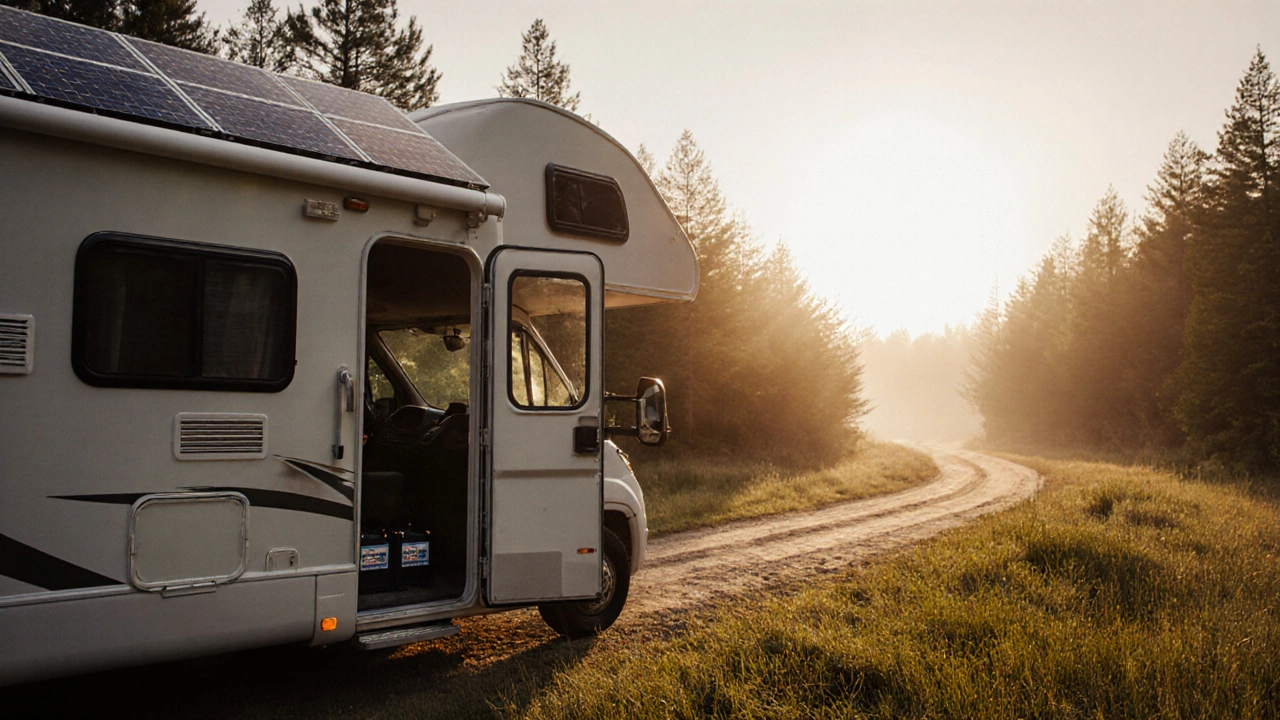
When planning boondocking electricity, the practice of running an RV without a traditional campsite hook‑up, you need reliable, self‑contained power sources. Also known as off‑grid RV power, it lets you stay in remote spots while keeping lights, fridge and devices alive.
One of the first pieces of gear you’ll consider is a portable power station, a compact, high‑capacity lithium battery with AC, DC and USB outlets. This device boondocking electricity requires portable power stations to run appliances, charge phones, and power small kitchen tools. Pair it with a quality inverter, a unit that converts DC battery power into standard AC voltage and you’ve got a flexible setup that works wherever you park. Most travelers also add a battery bank, a collection of deep‑cycle batteries that store energy for nighttime use. The battery bank stores electricity for later use during night, creating a reliable buffer when the sun goes down.
Solar panels are the go‑to source for renewable energy on the road. A solar panel kit, flexible or rigid panels that attach to the roof of your motorhome captures sunlight and feeds power directly into your battery bank. In simple terms, solar panels provide renewable energy for boondocking electricity, reducing the need to recharge from external outlets. To protect the batteries, a charge controller, an electronic regulator that prevents over‑charging is essential; it manages solar input and safeguards the system. With the right combination of panels, controller, battery bank and inverter, you can run a fridge, heater, lights and even a small TV without ever plugging into a campground.
While many boondockers rely solely on solar, some prefer a hybrid approach. Portable generators can top up a battery bank when sun exposure is limited, and many modern generators are designed to work quietly alongside a campsite. However, the most sustainable and quiet option remains a well‑sized solar array paired with an efficient battery bank. Remember to size your system based on daily power draw: calculate the watt‑hours of each appliance, add a safety margin, and match that number to the combined capacity of your batteries and panels. This planning step ensures you won’t be left in the dark on a rainy night.
Now that you understand the core pieces – portable power stations, inverters, battery banks, solar kits, charge controllers and optional generators – you’re ready to dive into the detailed guides below. Each article breaks down a specific aspect of boondocking electricity, from budgeting your power setup to choosing the right solar panel angle, helping you stay charged wherever the road takes you.